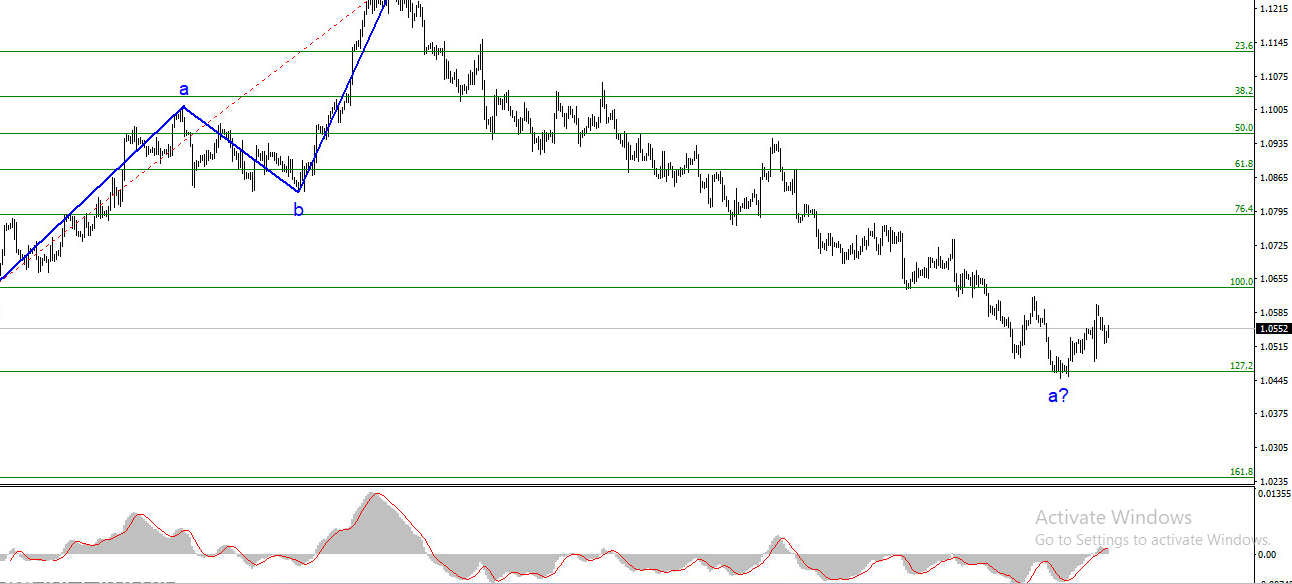Maximize your profit by copy our trade
1. The escalating Israeli-Palestinian conflict in the Middle East is drawing market attention, particularly regarding oil prices. Oil prices have already increased by 5-6% due to the potential for further conflict and disruption in the region.
2. Higher oil prices impact the global economy as transportation costs increase, leading to price rises for goods and services. The transition to “green” energy in Europe and the UK will take time, so a new military conflict in the Middle East is concerning for the global economy.
3. The likelihood of an interest rate hike by the FOMC (Federal Open Market Committee) is currently low at 16.7% due to rising inflation in the United States. Inflation has been increasing for two consecutive months, and upcoming inflation reports are expected to show continued price growth.
4. Core inflation, while higher than headline inflation, is expected to decrease but still remain around 4%. This level is twice the target rate, indicating the possibility of further rate hikes.
5. The probability of another tightening by the FOMC on November 1st, according to the CME FedWatch tool, is considered low but may be higher in reality.
6. The analysis suggests a formation of a downward wave in the market, indicating an increase in demand for the dollar regardless of the Fed’s decisions. Targets around the 1.0463 level have been met, and a corrective wave may occur.
7. The GBP/USD instrument shows a decline within a new downtrend segment. Opening new short positions is not recommended, and buying is also cautioned as the corrective wave may be weak.
The escalating Israeli-Palestinian conflict may lead to higher oil prices and pose challenges for the global economy, while the likelihood of an FOMC interest rate hike remains low despite rising inflation in the United States.

